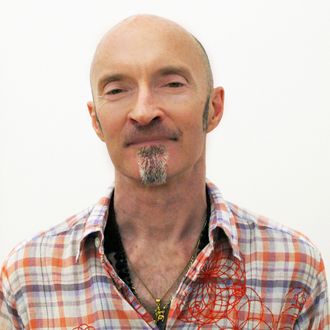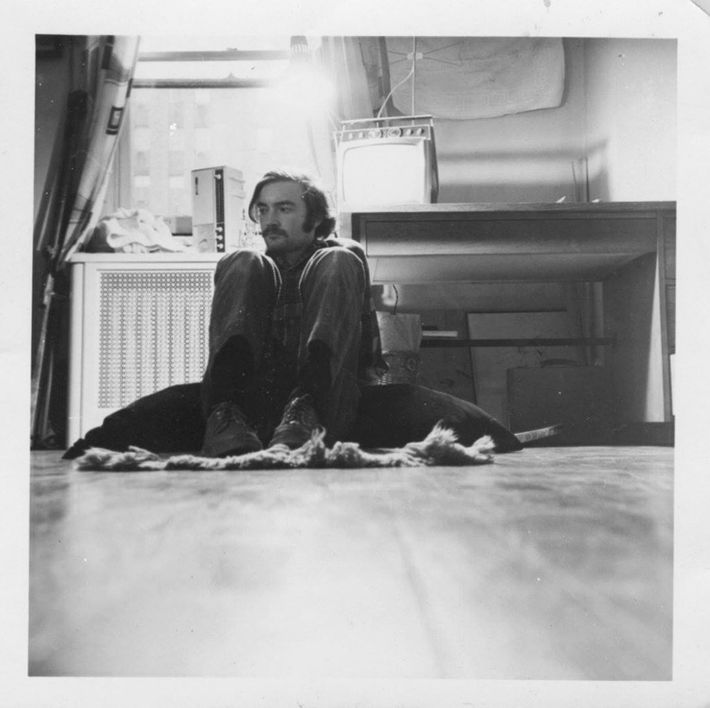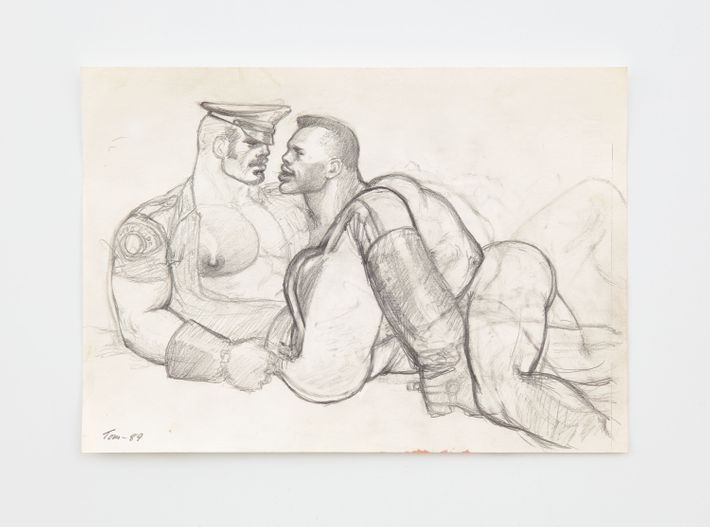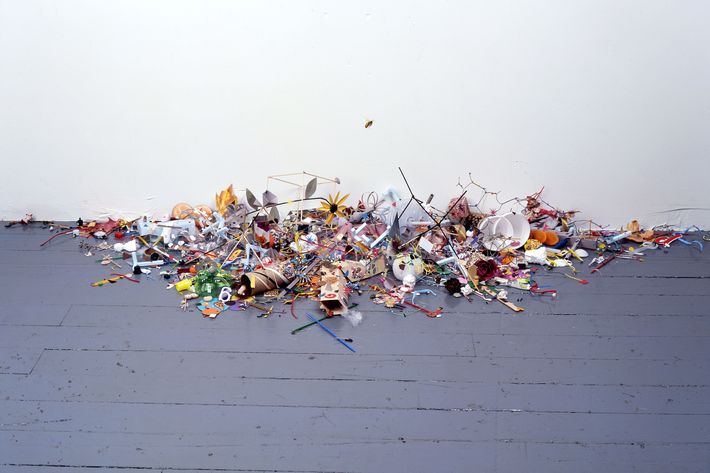
Frieze, the art fair from the U.K. which pitches its posh tent on RandallÔÇÖs Island this week, is conscientious about being more than just another high-polish symptom of global .001 percentism and its investment-grade taste economy. Before it became a brand ÔÇö backed by William Morris Endeavor, with a new fair coming next February to L.A. ÔÇö Frieze started as a magazine, and it still takes its educational mission seriously, with talks, performances, limited-edition editions to raise money for Downtown 4 Democracy, and, this year, a special section dedicated to the legacy of the gallery Feature Inc., and its eccentric, passionate, and ahead-of-his-time proprietor, Hudson. When Hudson ÔÇö just call him Hudson ÔÇö died in 2014, at 63, Jerry Saltz wrote a tribute to him, calling him ÔÇ£among the smartest, wittiest, and most visionary gallerists IÔÇÖve ever known ÔÇö old-school in that he almost seemed not to want to be a dealer. He just loved art and artists.ÔÇØ
Feature Inc. opened in Chicago in 1984 with a show of Richard PrinceÔÇÖs re-photographs (appropriately enough, on April FoolsÔÇÖ Day) and moved to New York four years later. Over its 30 years, it was among the first to exhibit the work of Takashi Murakami, Raymond Pettibon, Tom Friedman, Charles Ray, B. Wurtz, Judy Linn, Richard Kern, Lisa Beck, Tom of Finland, and many others. Hudson started out as an artist himself ÔÇö one of his performances was called ÔÇ£The Greek & French ArtsÔÇØ (he described it as ÔÇ£an art history porno cooking lessonÔÇØ) ÔÇö and was almost shamanish in his affect, with his shaved head, evolving vaguely Burning Man facial hair, and refusal to wear the usual art-world uniform of aloof-in-all-black. He always seemed to be at the gallery itself, often answering the phones, answering questions, and taking the time to respond to artists who sent in their slides. Dodie Bellamy and David Sedaris wrote for his magazine, FARM.

But mostly he was known for his prescience, for seeing a glimmer of possibility before most anybody else did. ÔÇ£I often didnÔÇÖt quite understand the work he showed,ÔÇØ Saltz wrote after he died. ÔÇ£But ÔÇö as with only a tiny handful of gallerists ÔÇö I trusted him enough to make extra efforts to come to terms with it.ÔÇØ
ÔÇ£When Hudson first showed MurakamiÔÇÖs work it made no sense at all,ÔÇØ remembers Matthew Higgs, who runs White Columns and put together the section, which is titled ÔÇ£For Your InfotainmentÔÇØ (a phrase Hudson would use on his promotional mailings). ÔÇ£Same thing with Tom of Finland,ÔÇØ whose once outr├® gay imagery is now something like mainstream. His prescience not only made careers, but sometimes saved artists from giving up. He included in group shows Huma Bhabha ÔÇö who currently has the installation on the roof of the Met ÔÇö in the 1990s, when she once said, ÔÇ£other dealers wouldnÔÇÖt even look at my slides.ÔÇØ It kept her going till the rest of the world caught up.

Of course, when it did, more often than not, heÔÇÖd lose the artist heÔÇÖd nurtured to slicker, more on-the-money dealers. ÔÇ£He had a maverick idiosyncratic and visionary way,ÔÇØ says Higgs. ÔÇ£There was a larger purpose to what he was doing.ÔÇØ Hudson ran the gallery ÔÇ£as an artist. He of course trained as an artist. His chosen medium ended up being a gallery.ÔÇØ But still, Higgs acknowledged, ÔÇ£It might not have been the most financially smart way to run a gallery.ÔÇØ For many years he avoided art fairs (explaining: ÔÇ£We should all pay less attention to the salesmanship and showmanship of auctions and fairs, and, of course, be more aware of the not new and hot. Stop running around trying to see everything everywhere, and spend more time with the richness that is close to home.ÔÇØ) even after they became central to the business model for many galleries. But eventually he came around to the idea and, according to Higgs, rather enjoyed the camaraderie of his peers when he did.

Which is why Higgs thought Frieze was an appropriate place for For Your Infotainment. It consists of artists who had shown with Feature, and are now sold by their current galleries; some of the work is from back in the day, but much of it is new. (ÔÇ£I wasnÔÇÖt interested in it being a historical section,ÔÇØ says Higgs.) David Zwirner will present Pettibon; Gagosian, Murakami; Nicelle Beauchene, Andrew Masullo; CANADA, Jason Fox and Daniel Hesidence; Kavi Gupta, Tony Tasset; David Kordansky, Tom of Finland; Karma, Dike Blair; Stephen Friedman, Tom Friedman. Fourteen other former Feature artists, including Kern and Wurtz, will be shown in their own group booth.
Ultimately, ÔÇ£My hope is there would be a book,ÔÇØ said Higgs, about Hudson and the influence of his gallery. ÔÇ£I think it would be an amazing museum show.ÔÇØ There is also a foundation dedicated to its legacy. But in the meantime, under the Frieze big top, Higgs seems to also be making a larger critical point, and one which could also serve as a counterpoint to the rest of the connoisseurship circus going on this week. ÔÇ£Art doesnÔÇÖt just happen,ÔÇØ he notes. You need gallerists like Hudson ÔÇö willing to nurture, willing to take risks, willing, sometimes, to be wrong, or at least far too early on someone to make much money on them ÔÇö and for other galleries to behave a bit more like he did.


